How to Talk About Sexual Problems Without It Leading to A Fight
Sexual issues in a long-term relationship don’t show up overnight and they don’t fix themselves overnight either. Whether you’re dealing with low libido, performance anxiety, or a sense that you’ve become “just roommates,” bringing up these concerns with your partner can feel overwhelming.
You may worry that you’ll hurt their feelings, trigger a fight, or get shut down completely. So instead, many couples avoid the topic altogether… until the silence becomes its own kind of problem.
The good news? You can talk about sexual problems in a way that leads to understanding instead of defensiveness. It takes intention, patience, and a few key tools, but it’s possible.
Here’s how to start…
Know That You’re Not Alone and You’re Not Failing
Let’s normalize this: many couples struggle with sex at some point. This could be due to stress, parenting demands, medical or hormonal shifts, emotional disconnection, past trauma, or simply different libidos. It’s not a sign that your relationship is broken; it’s a sign that something needs your attention.
What often turns discomfort into conflict is the way we bring it up, especially when it’s been simmering for a while. That’s why laying the emotional groundwork matters.
Get Clear on What You’re Feeling Before You Bring It Up
Before you talk to your partner, take time to get curious about your own experience. Are you feeling rejected? Embarrassed? Lonely? Anxious about initiating? Pressured when they do?
Write it down. Speak it out loud. Journal, talk to a friend, or even try rehearsing what you’d want to say in therapy.
Clarity helps you approach the conversation with more compassion and less reactivity.
Choose the Right Time (Hint: Not in the Bedroom)
Don’t bring it up in the middle of intimacy or right after a failed attempt at connection. Emotions are raw in those moments, and it’s easy for both people to feel blamed or shut down.
Instead, choose a neutral, low-stress time to talk, maybe on a walk, over coffee, or during a planned check-in. A simple way to begin might be:
“I’ve been thinking a lot about how we’ve been feeling disconnected physically, and I’d really love to talk about it, not because I want to fight, but because I want us to feel closer.”
Framing the conversation as a bid for connection rather than a criticism sets the tone for collaboration.
Use “I” Statements, Not “You Never…” or “You Always…”
Statements like “You never want sex anymore” or “You always turn me down” immediately put your partner on the defensive.
Instead, focus on your experience:
“I’ve been feeling distant lately, and I miss feeling close to you.”
“I’m craving more intimacy, and I’m not sure how to talk about it without feeling nervous.”
“I’m starting to feel anxious about our sex life, and I want us to figure it out together.”
This subtle shift invites understanding instead of blame.
Be Curious, Not Just Correct
Remember, there are two people in this dynamic and both of you bring feelings, fears, and expectations to the table. If your partner seems withdrawn sexually, there’s likely something underneath: stress, insecurity, pressure, shame, or even past rejection.
Instead of jumping to conclusions, try asking:
“How do you feel about our sex life lately?”
“Are there things that make it hard for you to feel connected or in the mood?”
“Is there something I’m doing (or not doing) that you haven’t shared with me yet?”
These questions require vulnerability, yes, and they also open the door to honesty.
Don’t Try to Solve Everything in One Conversation
Big sexual issues are rarely resolved in one sitting. And putting that kind of pressure on a single conversation can make both partners tense or overwhelmed.
Instead, think of this as the start of an ongoing dialogue. Your goal is progress, not perfection.
If it helps, say it out loud:
“We don’t have to solve this all today. I just want us to start talking about it, and keep talking about it.”
Recognize the Role of Shame and Push Back Gently
For many people, especially those raised with little sex education or lots of sexual shame, conversations about intimacy can bring up feelings of inadequacy or guilt.
If your partner gets quiet or defensive, consider what might be happening under the surface. They may not know how to talk about sex without feeling like they’ve failed you, or themselves.
Let them know you’re not looking for blame. You’re looking for closeness.
Sometimes it helps to say:
“This isn’t about who’s right or wrong. I just want us to feel good together again, emotionally and physically.”
Consider Professional Support If You’re Feeling Stuck
Sometimes the communication tools just aren’t enough, not because you’re doing it wrong, but because the issues go deeper than what you can unpack alone.
Couples often come to sex therapy after months or even years of avoidance, frustration, or hurt feelings. Therapy offers a space to name the patterns, uncover what’s really going on, and build new ways to reconnect both emotionally and sexually.
Whether it’s low libido, mismatched desire, painful sex, performance anxiety, or the “we’re just roommates now” dynamic, there’s help. And there’s hope.
TLDR
Talking about sex is vulnerable, but it’s also one of the most powerful things you can do for your relationship. It’s not about perfection or frequency or performance. It’s about feeling seen, desired, and emotionally safe with your partner.
You don’t need to fight to be heard. You just need the right tools, the right timing, and the willingness to show up gently and honestly.
Ready to Take the Next Step?
At Embrace Sexual Wellness, we help couples navigate sexual disconnection, low libido, and performance anxiety in a supportive, nonjudgmental space. Our team of sex and relationship therapists are licensed in Illinois, Idaho, Indiana, Kansas & Louisiana. Book a free intro consult call with us today!































